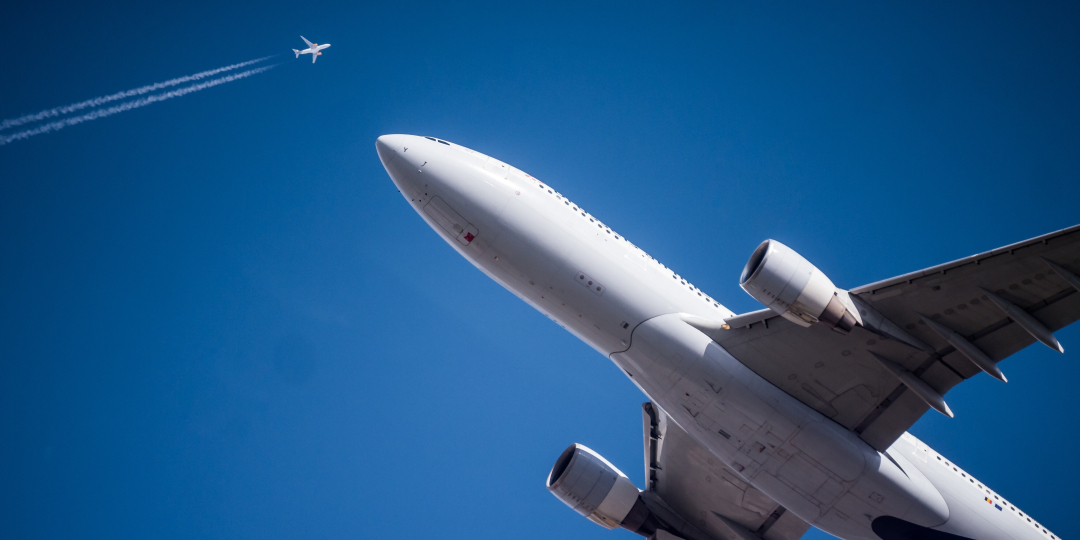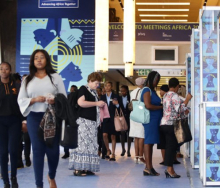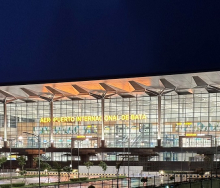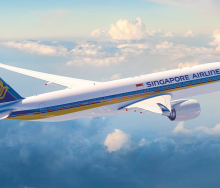This year holds a multitude of developments and challenges in air travel, according to aviation insights and data company, www.oag.com.
An OAG report entitled ‘Navigating the future of air travel: Insights for 2024’ revealed some trends and predictions that will influence aviation in 2024.
*Notably, it predicts that airfares will be unlikely to fall substantially and should remain stable with minor fluctuations only. The report suggests that underlying factors, such as increased salaries and fluctuating oil prices, mitigate against airfares decreasing.
But it also says that transatlantic routes (between Europe and North America) routes are the ones to watch – any additional capacity added on those routes could push prices down.
Large disruptions caused by global issues have had large influences on air travel. The pandemic, the Russia-Ukraine war and the Israel-Hamas war have all had their own dramatic effect on economies and oil prices.
*Production-line problems at Boeing originated with understaffing due to the pandemic, but then proliferated into production delays caused by faults in manufacture. Boeing’s current backlog issues added another unforeseen disruption for airlines and nobody seems to know how long production delays will continue. Forward planning for airlines relying on the American manufacturer has become extremely difficult.
On the other hand, delays could work to some airlines’ benefit. Says the report: “Some airlines, however, might find opportunities with these engine delays. With reduced capacity, they have an opportunity to exert higher fares.”
Another trend in air travel in 2024 is that corporate travel and conference travel could show lacklustre growth due to video calling and conferencing having become mainstream during the pandemic. And in Europe, short-haul corporate air travel is likely to be muted, as it is subject to new regulations with some short-haul air routes being cut in favour of the greener option, rail travel. Even where air routes have not been cut, corporates want their travellers to take the train rather than fly, as this reflects better in the green line of their annual reports.
Technological advancement will continue its march in 2024. Electric vertical take-off and landing (eVTOL) aircraft have made leaps forward, and several airports, including Dubai, are starting to make provision for these ‘eTaxis’. Although they are only due to start operating in 2026, design and construction of ‘vertiports’ from where passengers can be picked up are set to go ahead.
AI applications are set to revolutionise the aviation landscape, says the report. This will be by optimising operations and enhancing the passenger experience. “AI will continue to be a driving force behind industry advancements.”
This year, legacy airlines and low-cost carriers (LCCs) will continue to struggle for market-share, according to the OAG report. Growing capacity-share by LCCs is being shown, especially in the US, where over the past three years, LCCs are increasing their footprints and market-share.
Some of the US’s largest airports have seen a huge boost in flights operated by LCCs in the past three years, and that’s expected to grow.
Interestingly, OAG recently reported that the largest airline in the world in 2023, measured by available seat kilometres (ASKs) was Southwest, with 619 billion ASKs. That carrier operated 9% more ASKs than its closest rival for the top spot, American Airlines.














